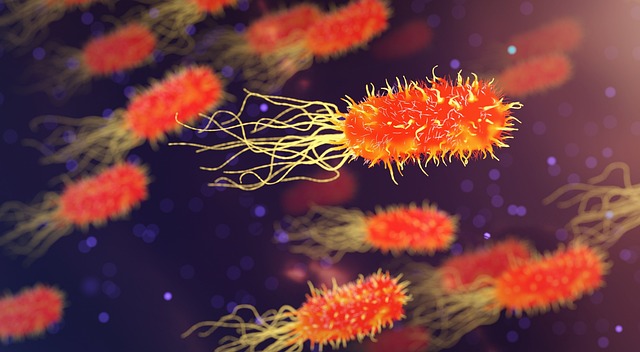
P. aeruginosa is one of the main causes of pneumonia in immunocompromised patients and people with lung diseases. Due to its high level of antibiotic resistance, it is increasingly difficult to eradicate the infections it causes and, consequently, the WHO (World Health Organization) considers the development of new antibiotics against this pathogen a priority.
One of the factors that make P. aeruginosa lethal is the Type VI Secretion System (T6SS). This secretion system assembles within P. aeruginosa, and, upon contact with other cells, uses a contractile molecular mechanism to inject toxins into them. Although great advances have been made in the last decade in our knowledge of P. aeruginosa T6SS and its relevance in bacterial competition and pathogenesis, the identities and functions of the vast majority of toxins secreted by T6SS remain unknown.
A research team made up of scientists from the Institute of Biofisika (CSIC-UPV/EHU), the Jaume I University, and the University of Seville have identified the effect that Tse5, one of these toxins secreted by T6SS, has on intoxicated cells. Tse5 causes cell death in other bacteria in its environment. The study, which has recently been published in the prestigious journal Communications Biology, reveals the mechanism of action of Tse5. This toxin is capable of depolarizing the membrane of intoxicated cells. To do this, Tse5 forms ion-carrying pores. The membrane potential regulates a wide range of essential cell functions; therefore, membrane depolarization is an effective strategy to compete with other microorganisms in polymicrobial environments.
This discovery may have effects on future antibiotic development. In the words of David Albesa, an Ikerbasque researcher at the Biofisika Institute, “The development of new antibiotics can be significantly facilitated if the biology of the causative agents is better understood. Therefore, understanding at the molecular level how Tse5 attacks the membrane could help develop innovative strategies to combat pathogenic bacteria."
Link to scientific publication: https://rdcu.be/cY1r8
.png)
